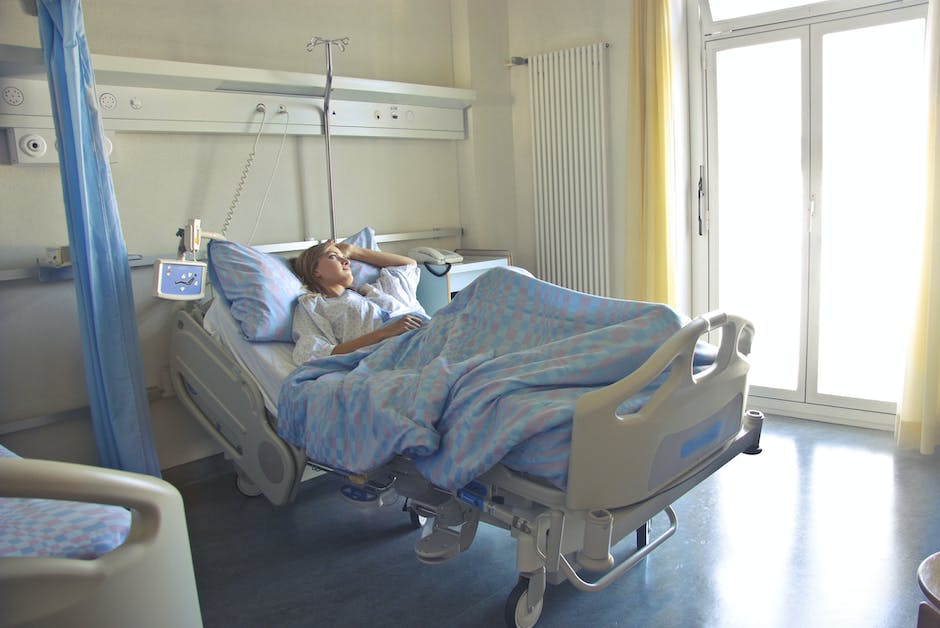병원에서 영어로 의사와 환자간의 원활한 소통을 위해 알아야할 표현들이 많이 있습니다. 예를 들어, ‘안녕하세요, 저는 의사입니다.’, ‘무슨 증상이 있으신가요?’, ‘혈액 검사를 해야할 것 같습니다.’, ‘약 처방을 하겠습니다.’, ‘약국에 가셔서 약을 받으세요.’ 등이 있습니다. 병원에서 필요한 영어 표현을 자세히 알아보도록 할게요.
Introduction to Basic English Expressions at the Hospital
Greeting and Introducing Yourself
When you meet a patient or their family for the first time, it is important to greet them and introduce yourself as a doctor or medical professional. Some common expressions include:
- “Hello, I’m Dr. [Last Name].” – This is a formal way of introducing yourself as a doctor.
- “Hi, I’m [First Name], one of the doctors here.” – This is a more casual way of introducing yourself.
Asking about Symptoms
In order to understand a patient’s condition, it is important to ask about their symptoms. Here are some phrases you can use:
- “What seems to be the problem today?” – This is a general question to let the patient explain their symptoms.
- “Could you describe the symptoms you are experiencing?” – This prompts the patient to provide more details about their symptoms.
- “When did you first notice these symptoms?” – This helps establish the timeline of the symptoms.
Suggesting Diagnostic Tests
If you suspect further investigation is required, you can suggest diagnostic tests to be conducted. Here are some phrases you can use:
- “I think we should run some tests to get a better idea of what’s going on.” – This suggests the need for diagnostic tests.
- “It would be helpful to have some blood work done.” – This specifically suggests a blood test.
- “We may need to do an imaging test to rule out any possible issues.” – This suggests the need for imaging tests such as X-rays or CT scans.
Prescribing Medication
If the patient’s condition requires medication, you can discuss the prescription with them. Here are some phrases you can use:
- “I will prescribe a medication to help alleviate your symptoms.” – This assures the patient that medication will be prescribed.
- “I will write a prescription for [medication].” – This informs the patient about the specific medication to be prescribed.
- “Make sure to take this medication as directed and let me know if you experience any side effects.” – This provides instructions on how to take the medication and emphasizes the need for open communication.
Providing Directions to the Pharmacy
After prescribing medication, you can guide the patient on where to obtain the prescribed medication. Here are some phrases you can use:
- “You can pick up the medication at the pharmacy located on the first floor.” – This provides the location of the pharmacy.
- “Once you leave the hospital, head to the pharmacy to collect your medication.” – This emphasizes the need to visit the pharmacy after leaving the hospital.
- “Here is a prescription that you can give to the pharmacist.” – This provides a physical document that the patient can give to the pharmacist.

병원 영어
마치며
In conclusion, these basic English expressions can be very helpful when communicating with patients and their families at the hospital. By greeting and introducing yourself, asking about symptoms, suggesting diagnostic tests, prescribing medication, and providing directions to the pharmacy, you can provide effective care and ensure clear communication with your patients.
추가로 알면 도움되는 정보
1. Taking the time to listen actively to the patient’s concerns and providing empathy can help build rapport and trust.
2. Using simple language and avoiding medical jargon can make it easier for patients to understand and follow instructions.
3. Non-verbal communication, such as maintaining eye contact and using open body language, can enhance the doctor-patient interaction.
4. Always ask if the patient has any questions or concerns and provide clear answers or explanations.
5. Follow up with the patient after diagnostic tests or starting medication to monitor their progress and address any issues that may arise.
놓칠 수 있는 내용 정리
2. Using simple language and avoiding medical jargon can make it easier for patients to understand and follow instructions.
3. Non-verbal communication, such as maintaining eye contact and using open body language, can enhance the doctor-patient interaction.
4. Always ask if the patient has any questions or concerns and provide clear answers or explanations.
5. Follow up with the patient after diagnostic tests or starting medication to monitor their progress and address any issues that may arise.
놓칠 수 있는 내용 정리
When communicating with patients at the hospital, it is important to remember to:
– Use appropriate greetings and introductions to establish a professional and friendly rapport.
– Ask open-ended questions to encourage patients to provide detailed information about their symptoms.
– Suggest appropriate diagnostic tests to further investigate the patient’s condition.
– Discuss the prescribed medication with the patient and provide clear instructions on usage and potential side effects.
– Direct the patient to the pharmacy to collect their medication and provide any necessary paperwork or prescriptions.
[함께 보면 좋은 포스팅 정보]

